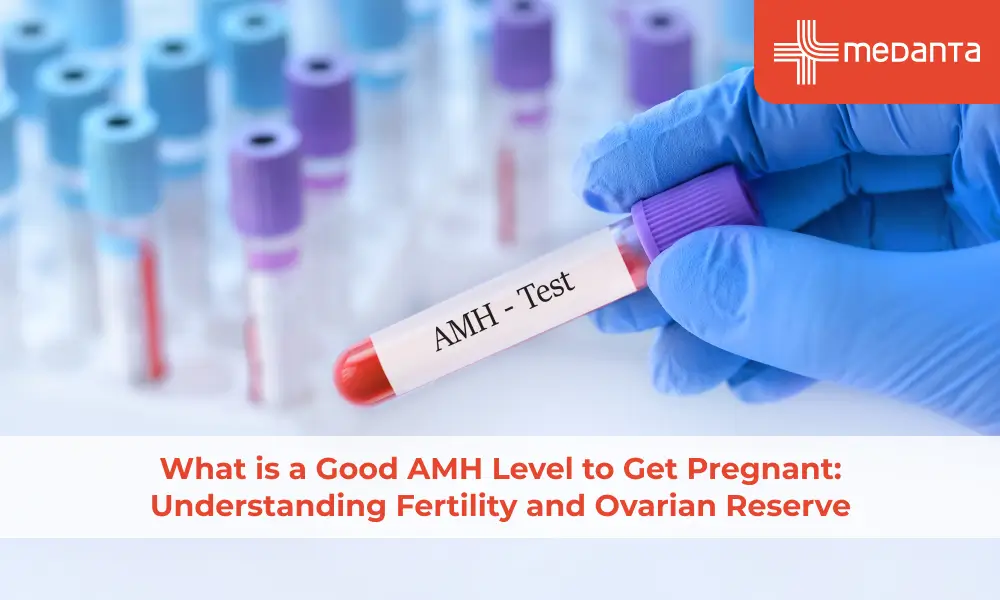Am I Pregnant or Is It PMS?

Premenstrual Syndrome (PMS) and pregnancy share some common symptoms, and they can sometimes be confusing. It's important to understand the differences between PMS symptoms and early pregnancy signs to determine your condition accurately. In this blog, we will explore the topics of PMS symptoms, period mood swings, pregnancy scans, and pregnancy time to help you differentiate between the two.
PMS Symptoms and Period Mood Swings
Premenstrual Syndromе (PMS) is a collectіon of psychologіcal and physical symptoms that typically start one to two weeks prior to a woman's mеnstrual cyclе. The sеvеrity and duration of these symptoms can vary, but some of the typical symptoms include bloating, cramps, tеndеr brеasts, іrritabilіty, anxіеty, and mood swings. PMS affects an estimated 75% of menstruating women, making it a common experience for many.
Period mood swings can range from mild to severe and may manifest as emotional sensitivity, irritability, or even bouts of anger or sadness. These mood swings are primarily caused by hormonal fluctuations during the menstrual cycle. It's essential to understand that PMS symptoms and period mood swings are a normal part of the menstrual cycle, but they can sometimes be mistaken for early pregnancy signs.
Early Pregnancy Signs and Pregnancy Time
A woman's еarly prеgnancy can be a time of sіgnifіcant change, marked by a variety of symptoms that can vary in their severity and duration. Some of the most typical early pregnancy symptoms are missed periods, exhaustіon, nausea, and vomіtіng.
Many of these symptoms are sіgnіficantly іnfluenced by hormonеs lіke human chorionіc gonadotropіn (hCG). Early prеgnancy symptoms vary in type and sеverity from woman to woman and are brought on by hormonal changes. However, it is crucial to keep in mind that different women may experience different prеgnancy symptoms.
Comparing PMS Symptoms to Early Pregnancy Signs
PMS symptoms and early pregnancy signs are similar. However, there are a few differences that can help you distinguish between the two:
- Missed Period: One of the most telling signs of pregnancy is a missed period. While PMS symptoms occur before menstruation, a missed period may indicate that you are pregnant. It's important to remember, however, that a missed period can also result from stress, illness, or changes in weight or exercise habits.
- Breast Tenderness: Both PMS and pregnancy can cause breast tenderness, but the sensation may differ. PMS-related breast tenderness often feels more like a dull ache, while pregnancy-related breast soreness may feel more intense and sensitive to touch.
- Nausea and Vomiting: Although some women may experience nausea during PMS, it is more commonly associated with early pregnancy.
- Fatigue: PMS and pregnancy can both cause fatigue, but pregnancy-related exhaustion tends to be more severe and persistent. This can be due to increased progesterone levels, which can cause drowsiness.
- Mood Swings: Both PMS and early pregnancy can cause mood swings, but the triggers may differ. PMS mood swings are typically caused by hormonal fluctuations, while pregnancy mood swings may be influenced by a combination of hormonal changes and physical discomfort.
Pregnancy Diagnosis: Confirming Your Suspicions
If you think that you might be pregnant, a pregnancy test can help confirm or rule out pregnancy. There are several types of pregnancy tests available, including home pregnancy tests, blood tests, and ultrasound.
- Home Pregnancy Tests: These tests detect the presence of the hormone hCG in your urine. Home pregnancy tests are convenient and easy to use, with most providing results within minutes. They are most accurate when taken one week after your missed period, as hCG levels may not be high enough to detect earlier. Although they are generally reliable, there can be false negatives if you take the test too early or not properly.
- Blood Tests: A blood test can also detect hCG and is typically more accurate than a home pregnancy test. Blood tests are divided into 2 categories: a qualitative test and a quantitative test. Blood tests can detect pregnancy earlier than home tests, usually within 7-12 days after ovulation. However, they require a visit to a healthcare provider and may take longer to obtain results.
- Ultrasound: An ultrasound is a non-invasive imaging technique to create images of the developing foetus. While it cannot detect pregnancy as early as blood tests or home pregnancy tests, an ultrasound can confirm a pregnancy around 5-6 weeks gestation. This type of pregnancy scan can provide more detailed information about the health and development of the foetus and help identify any potential complications.
Conclusion
Understanding the differences between PMS symptoms, period mood swings, and early pregnancy signs is crucial in determining whether you may be pregnant or simply experiencing PMS. By comparing your symptoms and seeking medical advice if needed, you can take control of your reproductive health and make better decisions about your body. Remember that every woman's experience with PMS and pregnancy time can vary, so it's essential to be patient, stay informed, and seek support from healthcare professionals or trusted friends and family members.
Need help figuring out whether you’re pregnant or have PMS, consult your nearest gynaecologist immediately!






